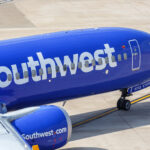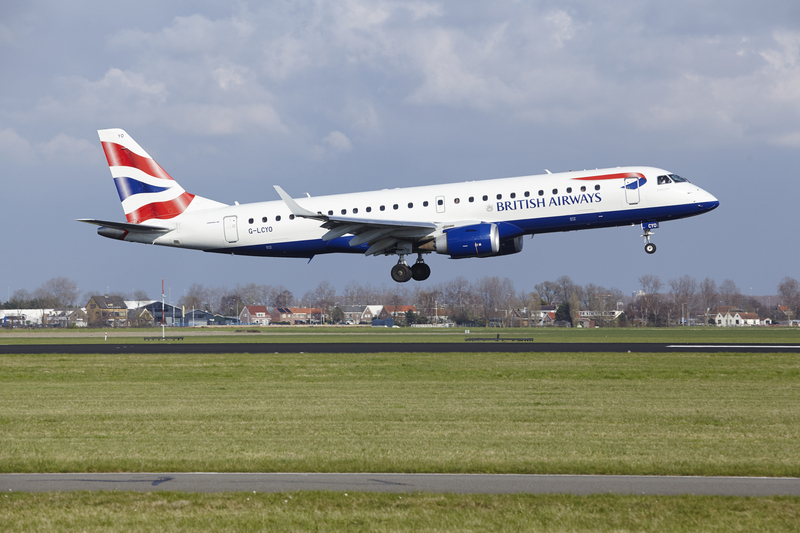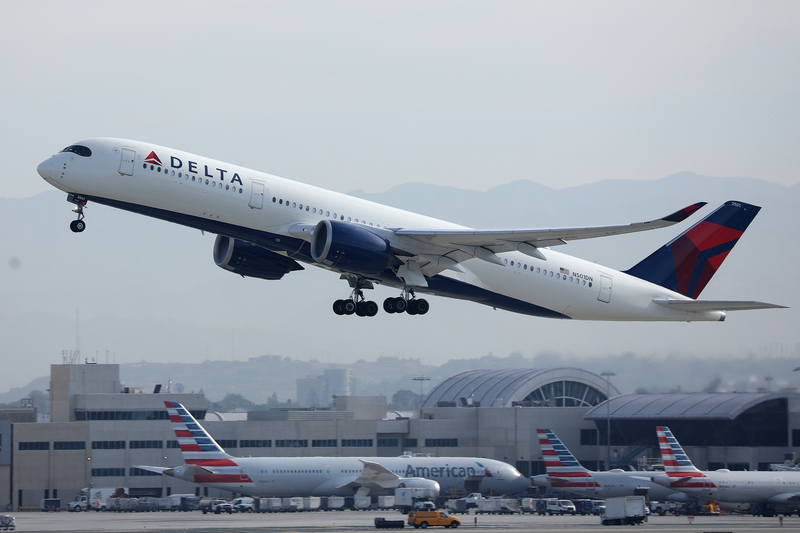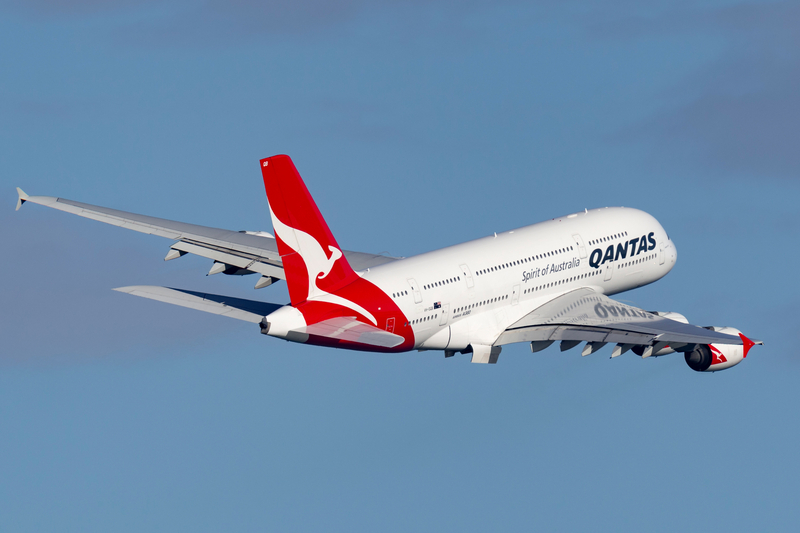Southwest Airlines to Launch Iceland Flights in 2026
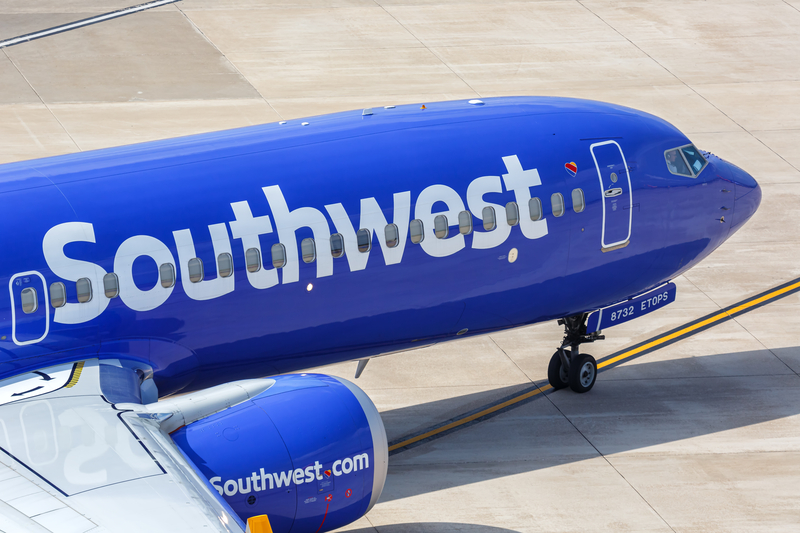
ID 331012298 © Boarding1now | Dreamstime.com
In a surprising but strategic move, Southwest Airlines is reportedly planning to launch its first-ever transatlantic service in 2026, with flights to Iceland’s Keflavik International Airport (KEF) on the horizon. If confirmed, this would mark a historic milestone for the Dallas-based low-cost carrier, long known for its strictly domestic focus.
A First for Southwest: Crossing the Atlantic
According to reports first published by Enilria, Southwest is targeting May 2026 for the launch of flights from its major East Coast hub in Baltimore/Washington (BWI) to Reykjavik’s KEF Airport. The route, covering 2,762 miles, would be well within the operational range of the Boeing 737 MAX 8—Southwest’s flagship aircraft for longer-haul domestic and near-international routes.
This would be Southwest’s first scheduled service to Europe, and the first time the carrier operates a transatlantic flight of any kind. Though the airline already serves select international markets in Mexico, Central America, and the Caribbean, a scheduled hop across the Atlantic would represent a major evolution in the airline’s operational footprint.
Tickets are expected to go on sale by fall 2025, pending regulatory approvals and finalization of agreements.
Why Iceland? The Icelandair Connection
The strategic reasoning behind this move lies less in profit from a single route and more in larger structural changes happening within Southwest. In recent months, the airline has undergone a philosophical shift under pressure from activist investors. Once a proudly unique airline, Southwest has introduced long-resisted changes including checked bag fees, basic economy options, and soon, assigned and extra-legroom seating.
As part of this transformation, Southwest also began building its first airline partnership—with Icelandair. The two carriers currently have a limited interline agreement, allowing passengers to book connecting flights, but the long-term plan is to expand this to a full codeshare and loyalty partnership.
According to industry insiders, Southwest’s pilot union has been one of the drivers behind the Iceland service. In order to approve codesharing with Icelandair, the union is requiring Southwest to operate its own aircraft on the route, ensuring that pilot jobs remain in-house. This kind of requirement is not uncommon in the industry and reflects growing concerns over job protection in the face of global airline partnerships.
The Loyalty Factor: Rapid Rewards to Europe
There’s also a bigger-picture benefit in play: Southwest wants to strengthen its Rapid Rewards loyalty program. Unlike most major U.S. airlines, Southwest does not offer partner redemptions, limiting point usage to its own network. That could soon change.
By flying to Iceland and partnering more deeply with Icelandair, Southwest could unlock award travel to dozens of European cities using Icelandair’s network. Because Rapid Rewards is a revenue-based program, it would be relatively simple to allow point redemptions on Icelandair flights using a similar pricing model. This would give Southwest a significant competitive edge in the loyalty space, something it desperately needs as its product increasingly mirrors those of legacy competitors.
Risks & Rewards
The Baltimore–Reykjavik route itself is unlikely to generate massive profit, especially given Icelandair’s own extensive service to U.S. cities. However, the move is about more than a single route—it’s about opening the door to Europe, revitalizing Southwest’s brand, and securing strategic labor and loyalty advantages.
For Icelandair, the benefits are just as compelling. The Reykjavik-based carrier stands to gain increased feed from one of the largest domestic airline networks in the United States, funneling passengers into its transatlantic services and bolstering its U.S. footprint.
Looking Ahead
This move will be watched closely across the aviation industry. While Southwest has long resisted international expansion outside the Americas, its recent strategic pivots suggest the airline is ready to abandon old playbooks. If the Iceland service proves successful—or even strategically beneficial—it could serve as a launchpad for more transatlantic routes, assuming the fleet and regulatory landscape can support it.
In the end, Iceland may only be the first stop on a broader journey toward Southwest’s evolution into a global network player.
Bottom Line
Southwest Airlines plans to launch its first transatlantic route in May 2026, flying from Baltimore to Reykjavik, Iceland. While the route may not be a revenue blockbuster on its own, it represents a broader strategic shift for the airline. By deepening ties with Icelandair and expanding Rapid Rewards redemption opportunities, Southwest is signaling that it’s ready to evolve—and possibly compete—on a much larger global stage.
